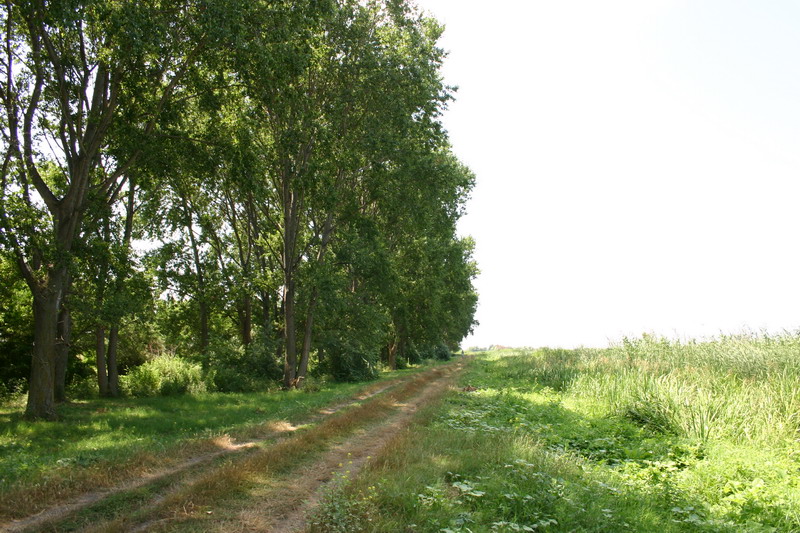
|
|
Delta's Flora
The Delta's flora, totaling 955 species and 64 subspecies, is representing 1/3 of the total known number of species from the whole Romanian flora.
The dominance of the aquatic element has as a result the development of puddle's vegetation, especially of the reed, which occupies an area of 235000 ha, the largest in a world reed area. Biogeographically, there is a prevailance of the euro-asian elements, followed by the eastern and European elements. Inside the floral spectrum we can observe the high percent of adventive and cosmopolite species, which emphasize once more the high degree of anthropique impact.
Depending on the biotope it occupies, we meet the following spontaneous flora: aquatic, emersing and submersing, palustrian, chalofile, psamofile, forest and pastures. The aquatic vegetation lacustrian-palustrian is wide spread and represented by submersed vegetation ( lycopodes ) or floating vegetation ( water-lilies, puddling thistles etc. ). It follows the palustrian vegetation represented by reed ( Phragmites australis), mixed with bulrush ( Typha latifolia and T. angustifolia ), scouring rush ( Schoenoplectetus lacustris) and sedge ( Carex ).
The Floating Reed Islet, as one the most representative delta's formation stays as a dense knitting of rhizomes and aquatic plants roots, vegetal rests and alluvia ooze. It is wide spread in lakes as Matitsa-Merhei and Roshu-Puiu.
As an apart unit can be considered the sea sands, where the vegetation is graded from the beach sand with Cakile maritime, Salsola ruthenica , to the high dunes with Elymus sabulosus, Artemisia maritima etc .
The terrestrial vegetation occupies reduced areas and it appears only on high sand banks, as: Letea, Caraorman, Chilia, Stipoc and various fluvial banks. It is represented by mixed forests, willow water meadows and pastures. The mixed forests are populated by white and black poplar Populus alba and nigra , oak, Quercus robur, white willow, Salix alba , elm trees, Ulmus levis etc.., as well as a serie of bushes (hazel tree, sweet briar, etc.). A characteristic of these forests is the presence of hanging plants, as lianas, Periploca grace, the wild grape ( Vitis silvestris ). The willow water meadows are met on the high banks along the river and the pastures occupies reduced areas.





